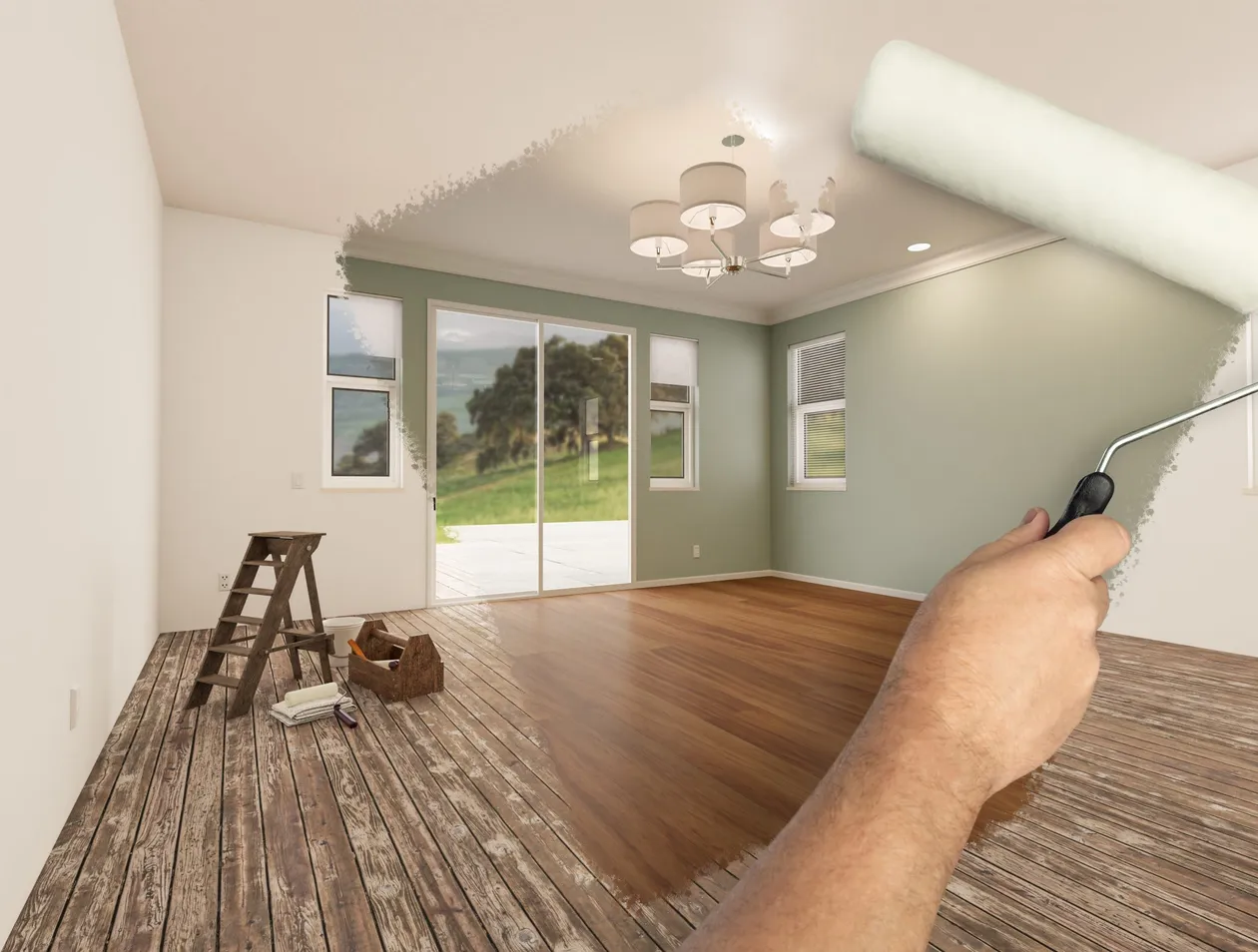Real estate investing has long been a lucrative venture. Specifically, fix and flip projects have gained significant popularity among seasoned and aspiring investors alike. However, undertaking a successful fix and flip project requires adequate financing, which can be challenging to secure through traditional means. This is where fix and flip loans come into play. They provide real estate investors with the financial resources needed to purchase, renovate, and sell properties for a profit. In this comprehensive guide, we will explore fix and flip loans, how they work, their benefits, and essential considerations for real estate investors.
Understanding Fix and Flip Loans:
Fix and flip loans, also known as rehab or renovation loans, are short-term financing options designed specifically for real estate investors involved in fix and flipping projects. These loans aim to bridge the gap between the acquisition of a property and the sale after renovations are complete. Unlike traditional mortgage loans, fix and flips have unique terms and requirements tailored to the needs of investors.
How Fix and Flip Loans Work:
- Loan Types:
- Hard Money Loans: These loans are provided by private investors or companies and are secured by the property rather than the borrower’s creditworthiness.
- Bridge Loans: Offered by traditional lenders or banks, bridge loans provide short-term financing until a long-term loan or permanent financing can be obtained.
- Loan Amount and LTV:
- Fix and flip loans typically cover a percentage of the property’s purchase price. Lenders generally offering around 70-90% of the property’s after-repair value (ARV).
- The loan-to-value (LTV) ratio determines the maximum amount a lender is willing to lend. For example, a 70% LTV on a $200,000 ARV property would result in a loan amount of $140,000.
- Interest Rates and Terms:
- Fix and flip loans often carry higher interest rates than traditional mortgage loans due to their short-term nature and perceived higher risk.
- Loan terms typically range from 6 to 18 months, providing investors with time to purchase, renovate, and sell the property.
Benefits of Fix and Flip Loans:
- Fast Approval and Funding:
- Fix and flip loans are designed to provide quick access to capital, enabling investors to seize opportunities swiftly and stay competitive in the market.
- Lenders prioritize the property’s value and the investor’s experience rather than focusing solely on credit scores, making it easier for new investors to secure financing.
- Flexible Renovation Budget:
- Fix and flip loans often include funds for renovation costs, allowing investors to carry out necessary repairs, updates, and improvements to maximize the property’s value.
- This flexibility empowers investors to enhance the appeal of the property and achieve higher selling prices, resulting in increased profits.
- Expertise and Network:
- Established fix and flip lenders often have a wealth of experience in the real estate industry, making them valuable partners for investors.
- These lenders can offer insights, advice, and connections to other professionals in the field, helping investors make informed decisions and streamline their projects.
Considerations for Real Estate Investors:
- Thorough Due Diligence:
- Before diving into a fix and flip project, conduct extensive research on the property, local market conditions, renovation costs, and potential selling prices.
- Understanding these factors will help you assess the viability and profitability of the project and make an informed decision.
- Reliable Contractors and Project Management:
- Building a network of reliable contractors and professionals is crucial for executing a successful fix and flip project.
- Ensure you have a well-defined project plan, timelines, and effective communication channels to keep
To find out more about our loans, contact us today! We look forward to hearing from you soon!



